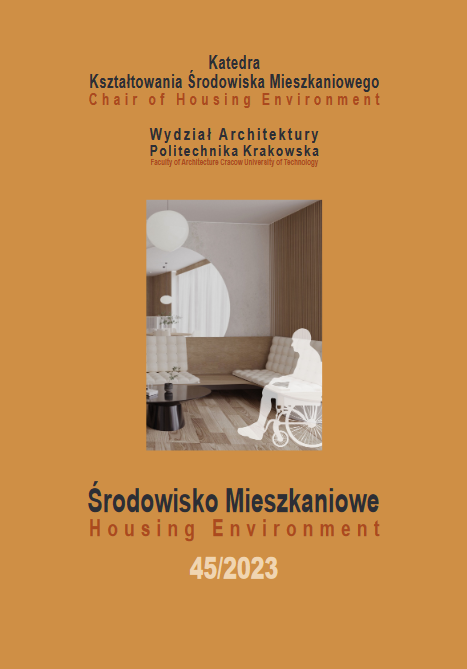Sensitization of designers to the
needs of people with disabilities.
Application of experiences in
residential interior solutions in Milan
Sensitization of designers to the
needs of people with disabilities.
Application of experiences in
residential interior solutions in Milan
Author(s): Agata Bonenberg, Marco Lucchini, BARBARA LINOWIECKASubject(s): Architecture, Welfare services
Published by: Wydawnictwo Uniwersytetu Jagiellońskiego
Keywords: sensitivity training of designers; simulated disability; residential interior design;
Summary/Abstract: The coordinated experimental and design activities presented in this article are dedicated to the topic of design for people with disabilities. They involve two dimensions. The first and most significant is to draw the attention of future designers and current Interior Design students to the challenges in using space encountered by people with disabilities. To achieve this, sensitization training (workshops) was conducted through simulated disability experiences. Personal experiences and the identification of real difficulties in accessing the surrounding space served as a starting point for design activities: solutions for residential spaces intended for use by people with disabilities in Milan along Via De Amicis. The projects were carried out in collaboration with the Politecnico di Milano as part of the Collaborating Classroom initiative, aimed at jointly achieving educational goals in different parts of the world using a shared digital environment and information and communication technologies (ICT). The basis for inte- rior development was architectural projects created by students within Design Lab1 under the guidance of Prof. Marco Lucchini. The subject of the architectural project was a five-story residential building, in which some units were fully adapted for wheel- chair users, crutch users, or blind individuals. Changes, modifications, and improvements made by the students were based on individual experiences of simulating disabilities through the execution of organized tasks outlined in a proprietary accessibility questionnaire (Table 1, 2). Observations of movement, overcoming obstacles, using toilets, and other pieces of furniture were used to create non-obvious functional-spatial solutions linked to design solutions from the field of interior design and design.
Journal: Środowisko mieszkaniowe
- Issue Year: 2023
- Issue No: 45
- Page Range: 92-103
- Page Count: 12
- Language: English

